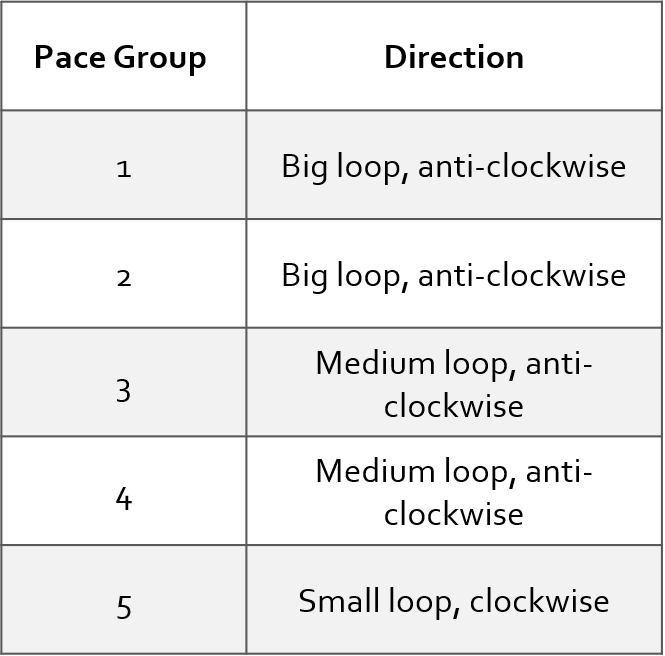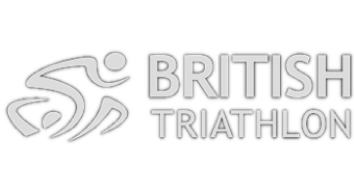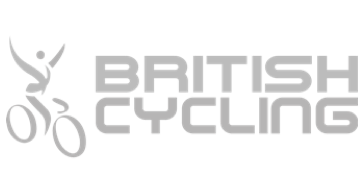Session Plans |
Battersea Park Track
This is the location for Tuesdays and Thursdays (where we meet outside the arena). Entry into Battersea Park Millennium Arena costs £5.00, and you'll need an old £1 coin (or £1 to buy a token) to use the lockers. Bikes can be locked up outside the Millennium Arena. Please give yourself time during the busy months in case you need to queue to get in.
Tuesday Track
Some things to remember:
- Bring a bottle of water to grab between reps, particularly if it's hot/humid
- Reps should be hard, but you should not be racing. Aim for consistency over the session
- Recovery time starts once the last person in your group has finished their rep
- Run in an anti-clockwise direction
- Use the inside lane for reps, unless you are overtaking
- If you are overtaking, try to do so as safely and quickly as possible, before moving back into the inside lane
- Once you have finished your rep, either move on to the infield, or one of the outer lanes (if safe to do so), as quickly as possible
- Above all, please be aware and respectful of other track users
Thursday Tempo
What is a Tempo Run?
Tempo runs are essentially a speed endurance session that can be best described as a threshold run; the thresholds being your 1) Anaerobic Threshold and 2) Lactate Threshold. Each of these are terms that are often used interchangeably but are slightly different.
- Anaerobic Threshold – Anaerobic means without oxygen so your Anaerobic Threshold is the point where your muscles produce lactic acid / lactate quicker than it can clear it, i.e., when you get that burning sensation in your legs and your legs start to fatigue or tire and you want to stop.
- Lactate Threshold – This is the point where your muscles just start to accumulate lactic acid / lactate, i.e., before you start feeling the burning sensation in your legs.
The aim of the Tempo run is to increase both your Lactate Threshold and Anaerobic Threshold, thus increasing the point at which your muscles both start to produce lactic acid / lactate but also the point where it produces lactic acid / lactate quicker than it can clear it. Ultimately Tempo runs help you to run at a faster pace for longer before fatigue sets in, which is what all runners want. Tempo runs should therefore be a key session in any training plan for all runners, whether they are training for a 5k all the way up to the Marathon. However, to achieve this, Tempo runs must be run at the correct pace, effort and intensity.
Pacing a Tempo Run
Tempo runs should be run be at a pace that you can run / maintain continuously for at least 20 minutes (newer runners) and between 45-60 minutes (more experienced runners). Therefore, pacing is key to get the full benefit out of these sessions and increase both your Anaerobic Threshold and Lactate Threshold.
Too often runners run Tempo runs too hard or too quickly as they either try to keep up with their friends or treat the session as a race, and therefore do not get the full benefit of the session and wonder why they are not improving or taking longer to recover. So pacing is key and will improve with experience and the more Tempo runs you do.
The pace of a Tempo run is often described as the fastest pace that you can comfortably sustain for 1 hour (or 1 hour race pace). For slower runners, it is closer to their 10k pace and for faster runners, closer to their 10 mile / half marathon pace.
Two methods to calculate your Tempo pace are:
- Take a recent 5k time or what you think you could run a 5k in based on current fitness (not goal time). Take your 5k pace and add 30 secs per mile / 18 secs per km (slower); or
- Take a recent 10k time or what you think you could run a 10k in based on current fitness (not goal time).
a) Using a base of someone completing a 10k in 60 minutes, your Tempo pace would be your equal to 10k pace.
b) If your 10k time was 40 minutes, it would be your 10k pace + 20 secs per mile / 12 secs per km (slower). Just work your way back from a base of a 10k being completed in 60 minutes, and so on.
In terms of effort levels, it should be a 6 or 7 out of 10 on the RPE scale (Rate of Perceived Effort) or put simply comfortably hard (so not as if you were running a parkrun hard on a Saturday). You are still working relatively hard to run to maintain your Tempo pace but it should be in a controlled manner with you only being able to say a few words in a conversation. Often running to effort is a much better gauge rather than always looking at your watch and trying to hit your Tempo pace as runners may feel more tired before one session compared to another session depending on where they are in their training plan and their current fitness levels.
Links / Useful Articles:
Below you will find some useful articles on Tempo running which not only back up the information above but also give you additional guidance:
https://runningmagazine.ca/sections/training/the-tempo-run-training-your-anaerobic-threshold
https://therunexperience.com/what-is-a-tempo-run/
https://www.podiumrunner.com/training/what-exactly-is-a-tempo-run/
https://www.jopavey.com/tempo-run-explained
Types of sessions for a Tempo run
There are several types of sessions that we use in our Tempo runs, examples include:
- Tempo intervals, i.e., 3x 10 minutes off a 2-minute float recovery or 3x 1 Medium / Large lap off a 90-second float recovery;
- Tempo fartleks, i.e., change of pace during a session so you run sections at Tempo pace or slightly slower or faster than Tempo pace during a session;
- Tempo pyramids, i.e., 4 mins, 8 mins, 12 mins off a 2-minute float recovery between each rep;
- Continuous Tempo runs, i.e., 20 minutes continuous
All of these types of sessions will benefits runners of all abilities no matter what races they are training for but the sessions will be planned / designed (usually in 3-month blocks) depending on what races / distances people are training for at that specific time of year, i.e., the sessions will be race / distance specific. Moreover, the variety of sessions makes it more fun and less boring.
Groups and Pacing
The Tempo sessions are suitable for ALL runners regardless of their ability or speed. Runners will be split into one of 5 main pace groups before the sessions (and split into sub-groups as per the table below depending on numbers attending and Tempo pace which the Session leader(s) will take care of) to ensure that everybody runs with those of similar abilities.
Note that Tempo Pace is NOT your 10k pace but slightly slower than your 10k pace (see above)
Tempo Pace Calculator
To calculate your Tempo Pace, based on what you think you could currently complete a 10k in (based on current fitness levels), use the Tempo Pace Calculator here which is just a guide:
http://tinyurl.com/CCTempoPaceCalc
The sessions below are suitable for all abilities and are beneficial no matter what races you have planned in the future. They can and should be adapted to your needs.
All previous sessions for 2020 are saved here: http://tinyurl.com/CCTempo2020A
All previous sessions for 2021 are saved here: http://tinyurl.com/CCTempo2021
All previous sessions for 2022 are saved here: http://tinyurl.com/CCTempo2022
All previous sessions for 2023 are saved here: http://tinyurl.com/CCTempo2023
All previous / current sessions for 2024 are saved here: http://tinyurl.com/CCTempo2024

SESSIONS IN YELLOW ARE THE KEY / MAIN SESSIONS FOR EACH MESOCYCLE / BLOCK









